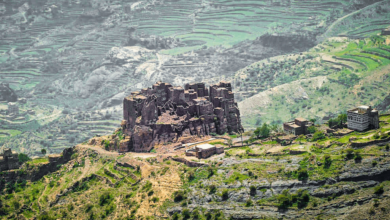
Pencil:Ljd413jlg70= Outline:8qz13saj4by= Horse Drawing
The art of Pencil:Ljd413jlg70= Outline:8qz13saj4by= Horse Drawing with pencil requires a deep understanding of both anatomy and technique, as the accuracy of the outline is crucial to the final representation. By exploring the skeletal structure and muscle groups, artists can establish a solid foundation that allows for dynamic movement and expression. The choice of materials, particularly high-quality pencils, plays a significant role in achieving the desired detail and shading. As we consider the various techniques that enhance these aspects, one might wonder how to effectively capture the essence of such a majestic creature on paper.
Understanding Horse Anatomy
Understanding the intricate anatomy of a horse is essential for anyone seeking to create accurate and lifelike drawings of these majestic animals. Familiarity with muscle groups and skeletal structure, along with proportion ratios, is crucial.
Additionally, recognizing breed differences, posture variations, and movement dynamics allows artists to capture the unique essence of each horse, bringing their drawings to life with authenticity and precision.
Essential Drawing Materials
To accurately represent the intricate anatomy of horses on paper, having the right drawing materials is vital.
Essential drawing tools include high-quality pencils, erasers, and blending stumps, which allow for precision and depth.
Complementing these tools with varied sketching surfaces, such as textured paper or sketchbooks, enhances your ability to capture the horse’s form and movement effectively, fostering artistic freedom in your creations.
Read Also Outline:-Olmazrrfh4= Hammerhead Shark Tattoo
Techniques for Capturing Movement
Capturing the dynamic movement of horses requires a keen observation of their anatomy and behavior, as well as the application of specific drawing techniques.
Utilize gesture drawing to express fluidity in dynamic poses, while reference photos provide invaluable insight into their motion.
Conduct thorough motion studies to understand how horses move, allowing you to depict their grace and power more effectively in your artwork.
Shading and Detailing Tips
After establishing a solid foundation in movement through gesture drawing and motion studies, artists can enhance their horse drawings by focusing on shading and detailing techniques.
Pay attention to light sources to create depth, and employ various shading techniques to define form.
Utilize blending methods for smooth transitions, and incorporate texture variation to add realism, ensuring your artwork captures the essence of these magnificent creatures.
Conclusion
In conclusion, mastering Pencil:Ljd413jlg70= Outline:8qz13saj4by= Horse Drawing through pencil requires a solid grasp of anatomy, the right materials, and effective techniques for capturing movement. By implementing detailed shading and attention to muscle structure, the artist can achieve a dynamic representation of the horse. Emphasizing these foundational elements transforms a mere outline into a vibrant portrayal, akin to the artistry of Renaissance masters. Ultimately, dedication to practice will yield skillful results and elevate the artist’s ability to depict these magnificent creatures.




